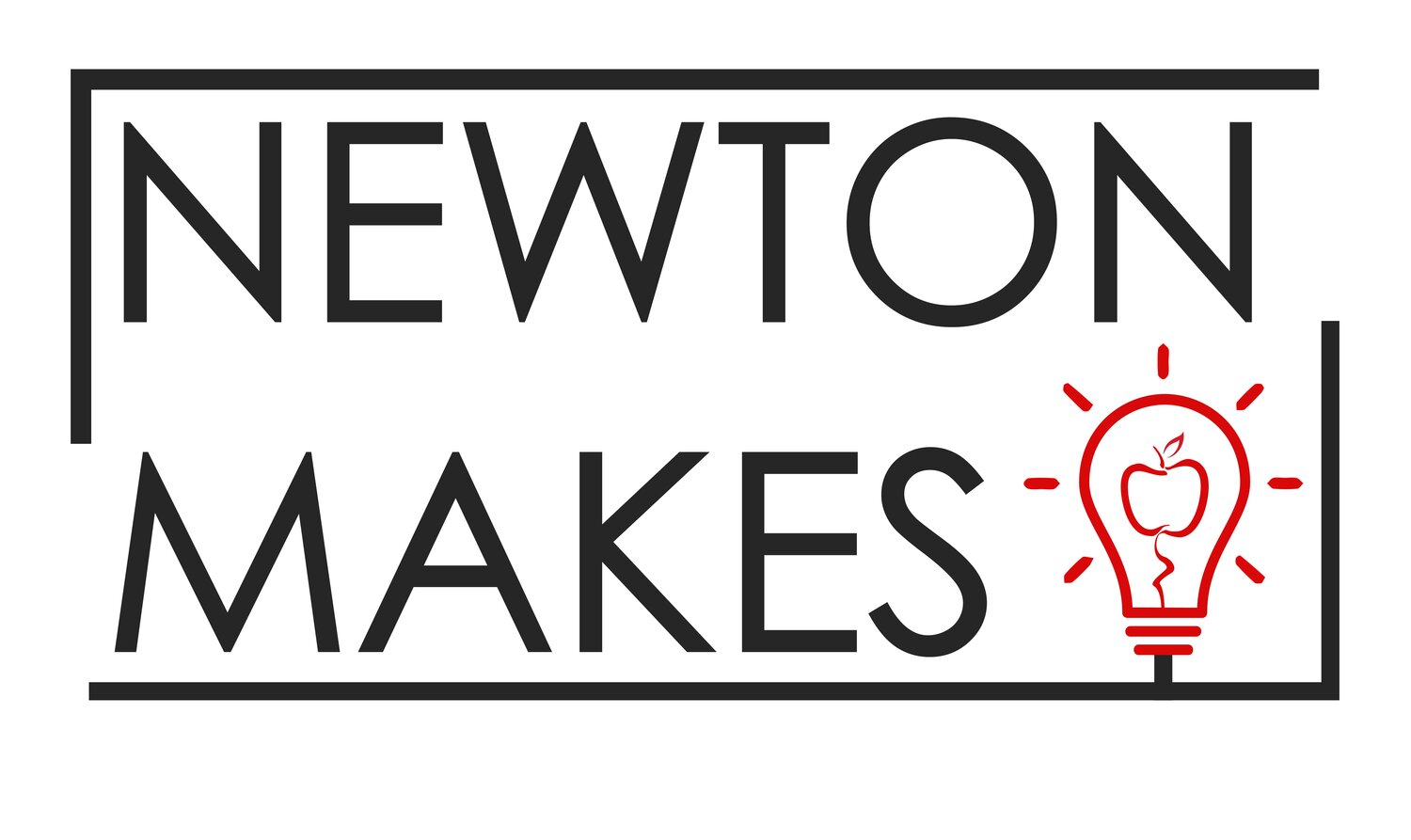DIY Hallway Table
I built this beautiful hallway or entry way table from walnut, using traditional mortise and tenon joinery. If you’re interested in how to make one then you’ve come to the right place.
Table Legs
This entire table was made using 1-in thick material, even the legs! The legs are approximately 2” thick after they were cut to their final size. I took three 1-in boards and glued them together so that the gain matched up as closely as possible. After the glue was dry, I milled them using the jointer and planer until they were at their final thickness of about 2”. The result is a near invisible seam.
Aprons
After the legs were made, I determined the sizes of my table aprons. This table is approximately 48”L x 36”T x 12”D. The aprons have tenons on the ends that fit snugly into mortises in the legs. There are eight aprons on the table, four under the top and four under the bottom shelf. I cut my long aprons so that they are approximately 43” long, plus about a 1” tenon on each end. The short aprons are around 7” long, plus the 1” tenon. I routed out mortises in the legs for the aprons using a handheld router and spiral bit. I can imagine that the mortise and tenon process can be stressful for someone who hasn’t done it before, but I’m here to tell you that it’s not that difficult and it will give you a rock solid joint. I made a short instructional video on how to make this joint if you want to see the step by step process.
Breadboard Shelf
The bottom shelf of the table has breadboard ends. The breadboards attach to the legs, sort of like a table apron turned 90 degrees horizontally. I made the breadboards when I made the side aprons, using the same mortise and tenon construction method. I then took the breadboards to the router table and cut a groove into them. The shelf has a tongue on the end that fits into the groove.
Assembly
Before assembling the table, I cut some notches in the long aprons. I’m going to use these later for holding down the table top. The table is assembled in stages. First, I glued together the legs and short aprons and breadboards. After the glue was dry, I glued together those parts with my long aprons and the shelf. Once the whole table was assembled, I glued short aprons onto the bottom of the breadboards. These could be mortised into the legs like the top aprons, but I didn’t feel the need to do so. I also used hide glue for this project because it has a longer open time than traditional glue. With a project like this, I don’t want to rush through the glue-up. Doing it in stages allows me to take my time and make sure it’s right.
Table Top
One of my favorite ways of attaching a table top is using wooden buttons. They give the table an old fashion look that I appreciate. The buttons were made using some 1” wide x 1” thick scrap walnut. I cut a notch on one end so that I had an L shape. The end of the button fits into the notches that I routed into the aprons prior to assembly. The buttons are screwed into the underside of the table top and the shelf. These are a great design because they allow for wood movement. As humidity rises and falls through the seasons, the table top will expand and contract. These buttons allow the top to move, but keep it held tightly to the table base.
Finishing
I sanded the entire table to 180 grit and then applied a wipe-on varnish. I ended up applying six coats of finish. That’s a lot more than I normally apply but it seemed like the wood was thirsty and really needed it. I think the results were fantastic! The table looks incredible, particularly the coordination between the table top and the shelf.
*As an Amazon Associate I earn from qualifying purchases.





